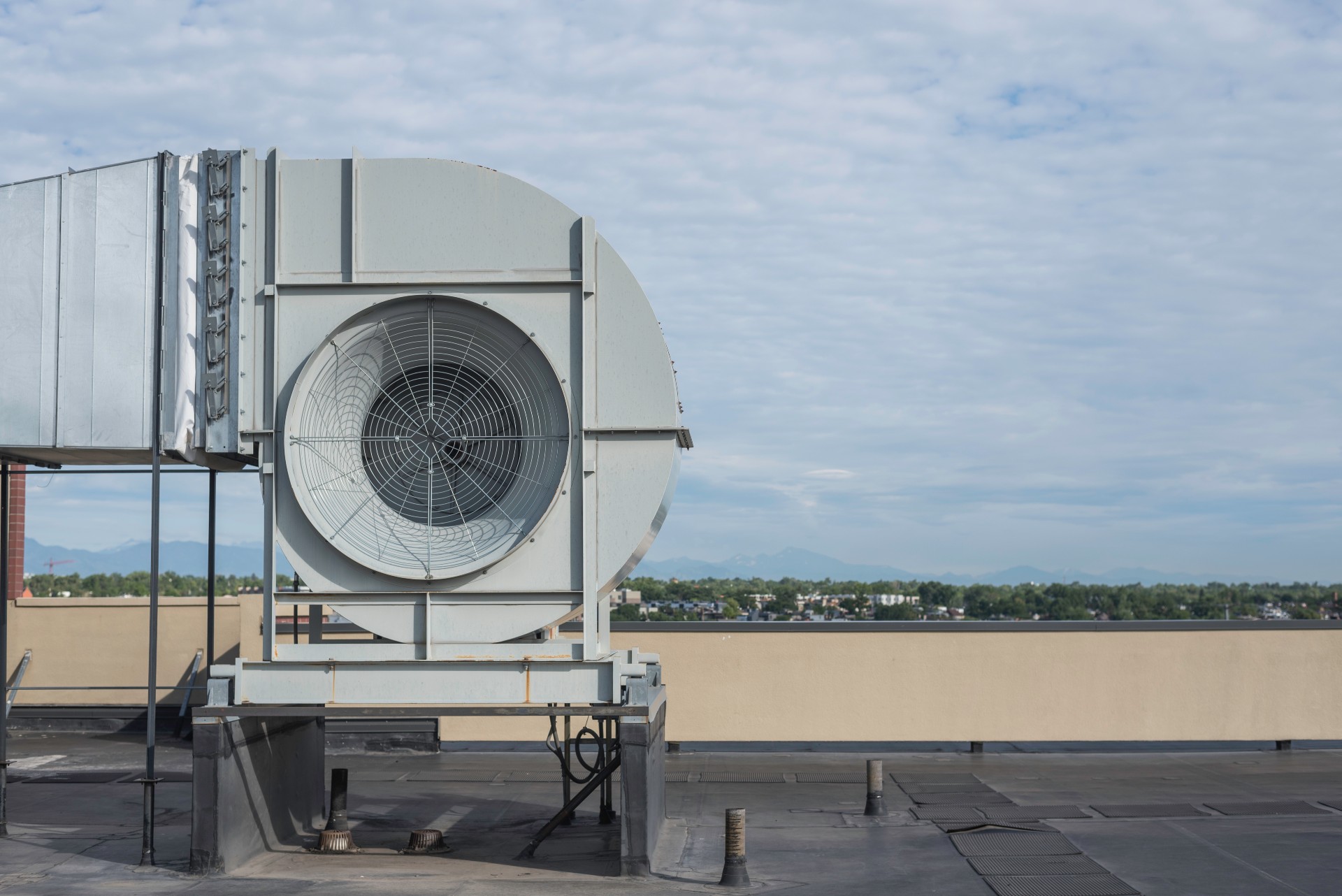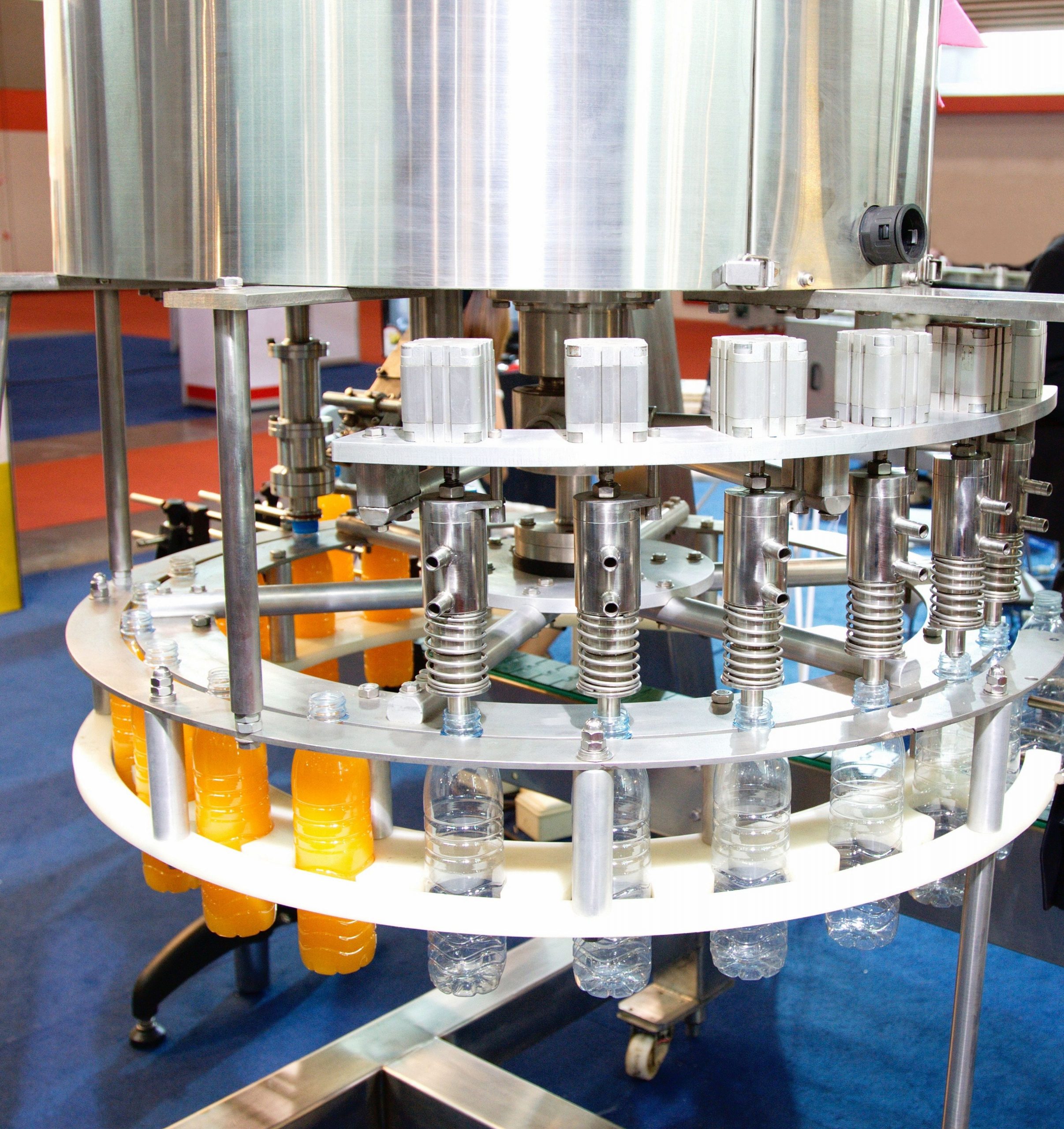In an industry worth billions, technologies like precision CNC machining are critical to success. For aerospace, one of the most important factors is safety, which relies on the highest manufacturing standards. Where even small defects make a difference, human errors are a liability.
High Precision Machining
Aerospace CNC machining makes manufacturing viable in the industry by providing essential items, like assemblies and components. These can include hinges, bushings or other components that require construction from high-quality material, like stainless steel, aluminum, bronze or plastic.
Applications for CNC Machining in Aerospace
Because aircraft alone can consist of millions of components, aerospace CNC machining has many applications. These can include transmissions, hydraulic manifolds, landing gear, fuel bodies, housings, electrical connections and more. Precision parts are also indispensable for safety in space travel.
Rapid iteration capability at a lower cost also provides for research and development with expedited testing and design development.
5 Axis CNC
Five-axis milling machines involve cutting complex and varied components in five axes at the same time. This process allows for a high level of accuracy across complex geometries. The process is well suited to the technical design specifications in aerospace.
CNC Machining Materials
In aircraft, including larger jets with millions of parts, not only strength but also weight is important for capacity and fuel efficiency. For this reason, materials that are both strong and lightweight, like aluminum and titanium are rare sought after materials in aerospace CNC machining.
Such systems or components, like ventilation ducts, wiring conduits, doors or wall panels and bearing also implement strong and lightweight polymer-based plastics.
A Precision-Dependent Industry
Aerospace must run on reliable and high-quality design and components based on high-precision manufacturing, a requirement that can be met with a CNC company such as Advance CNC Machining.

